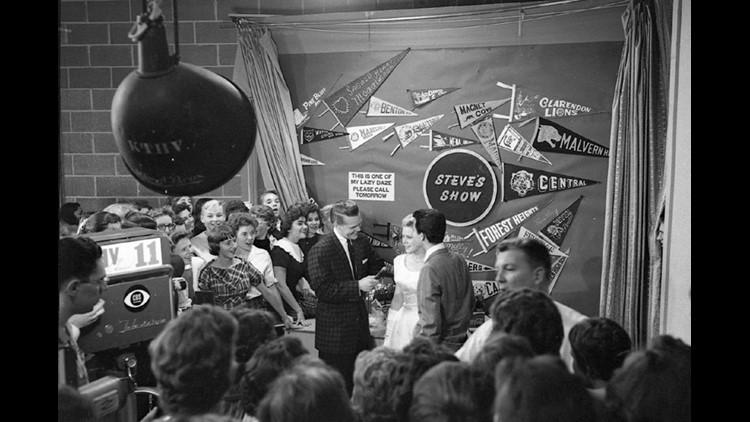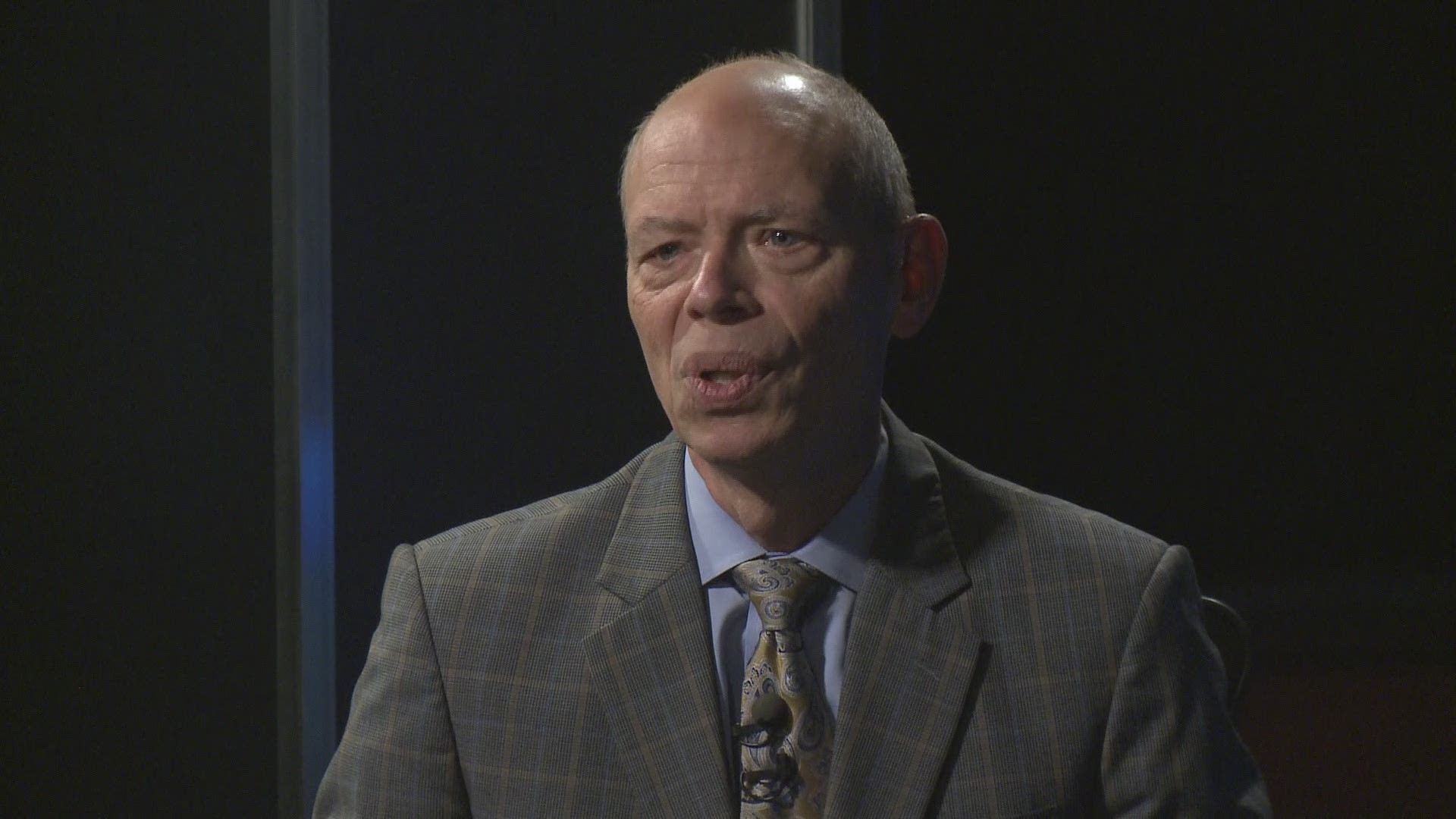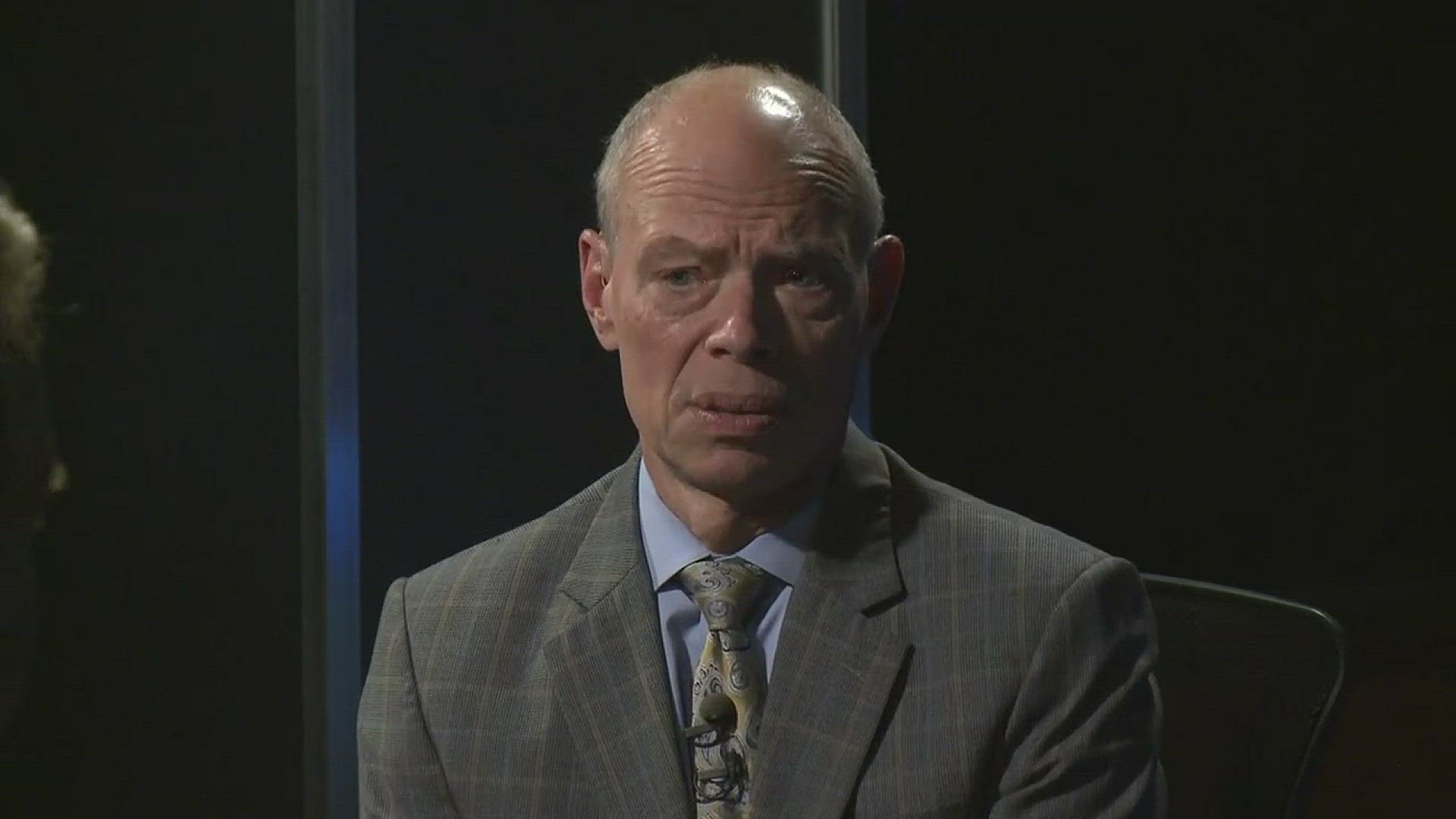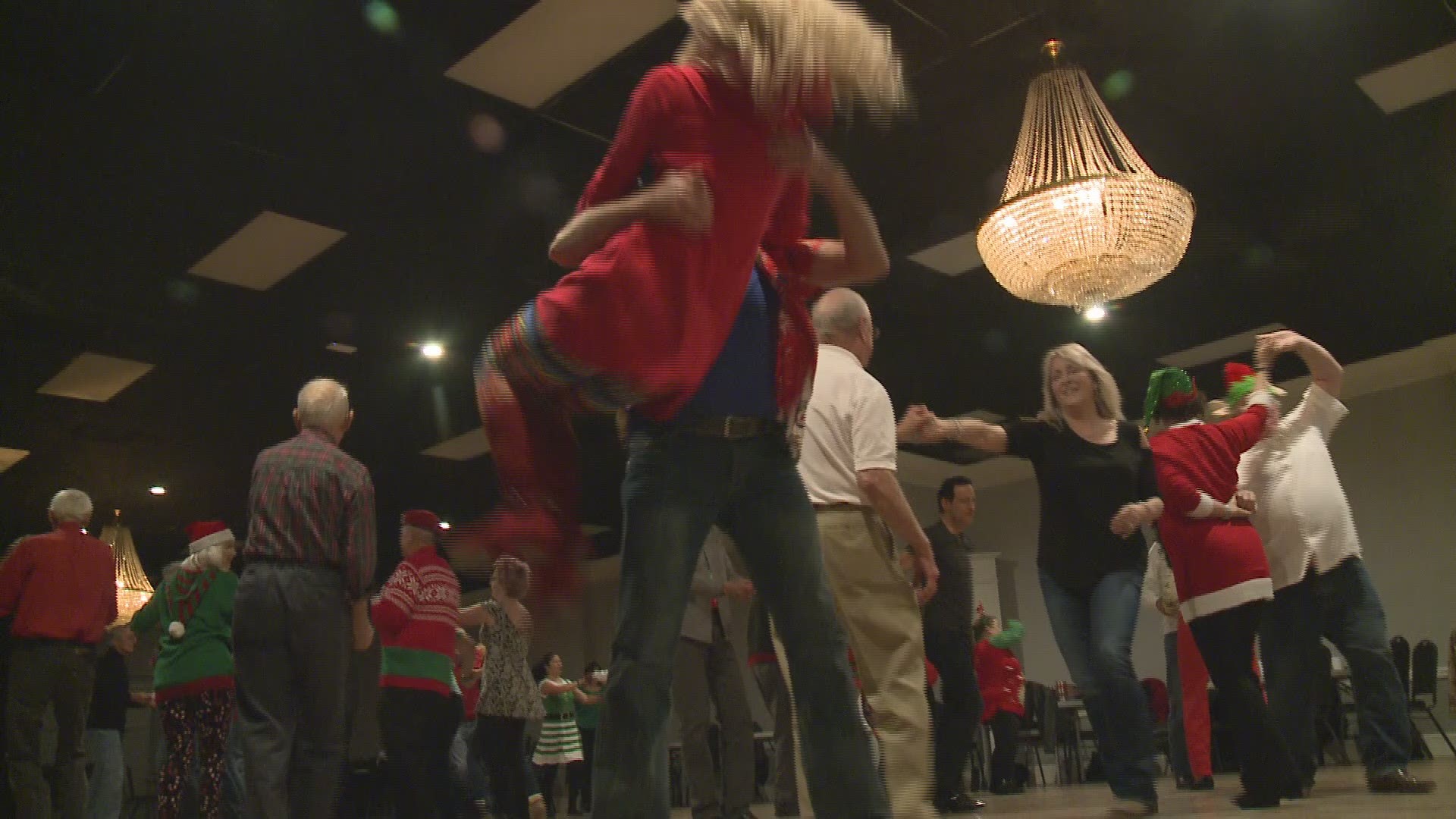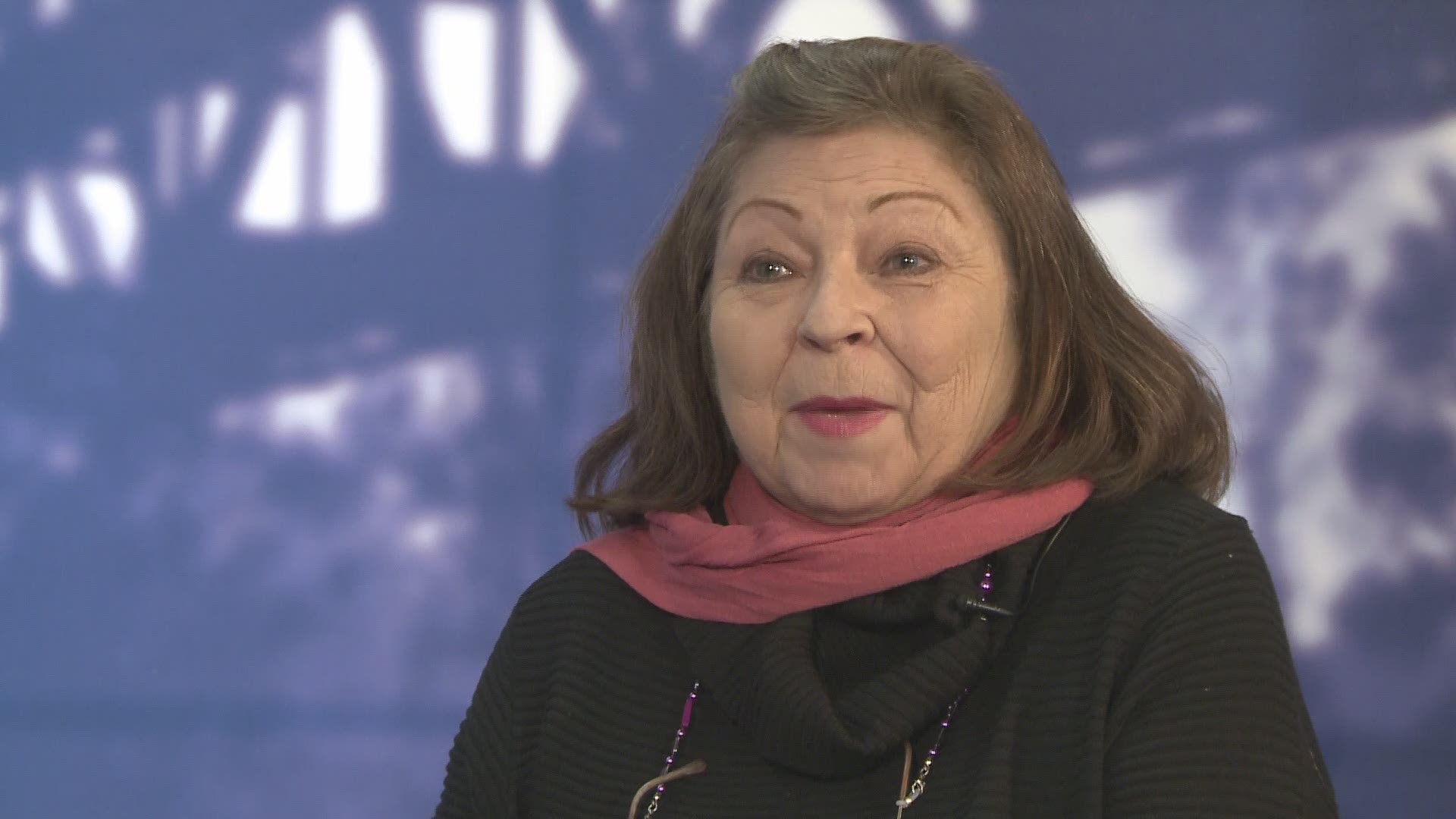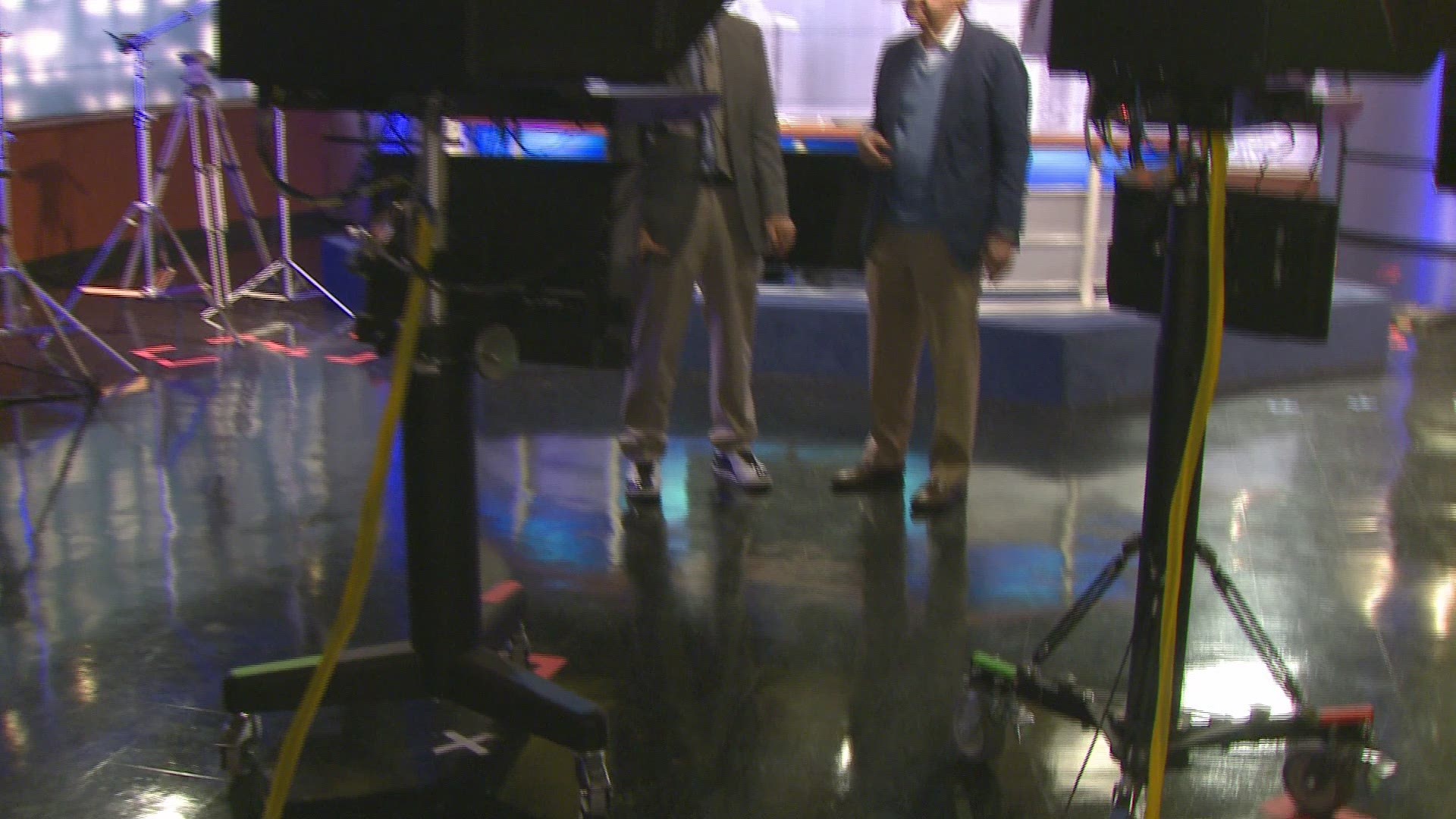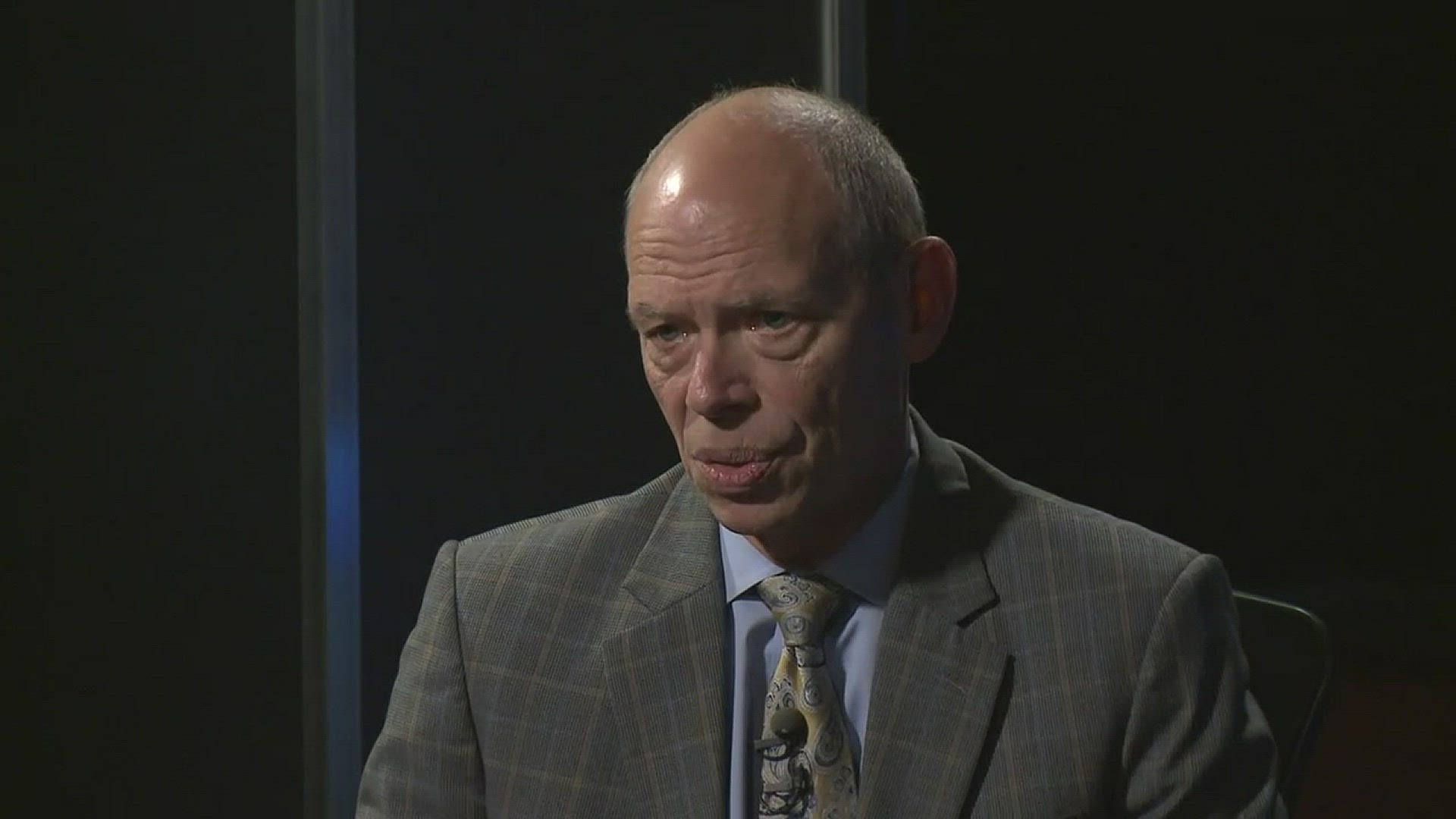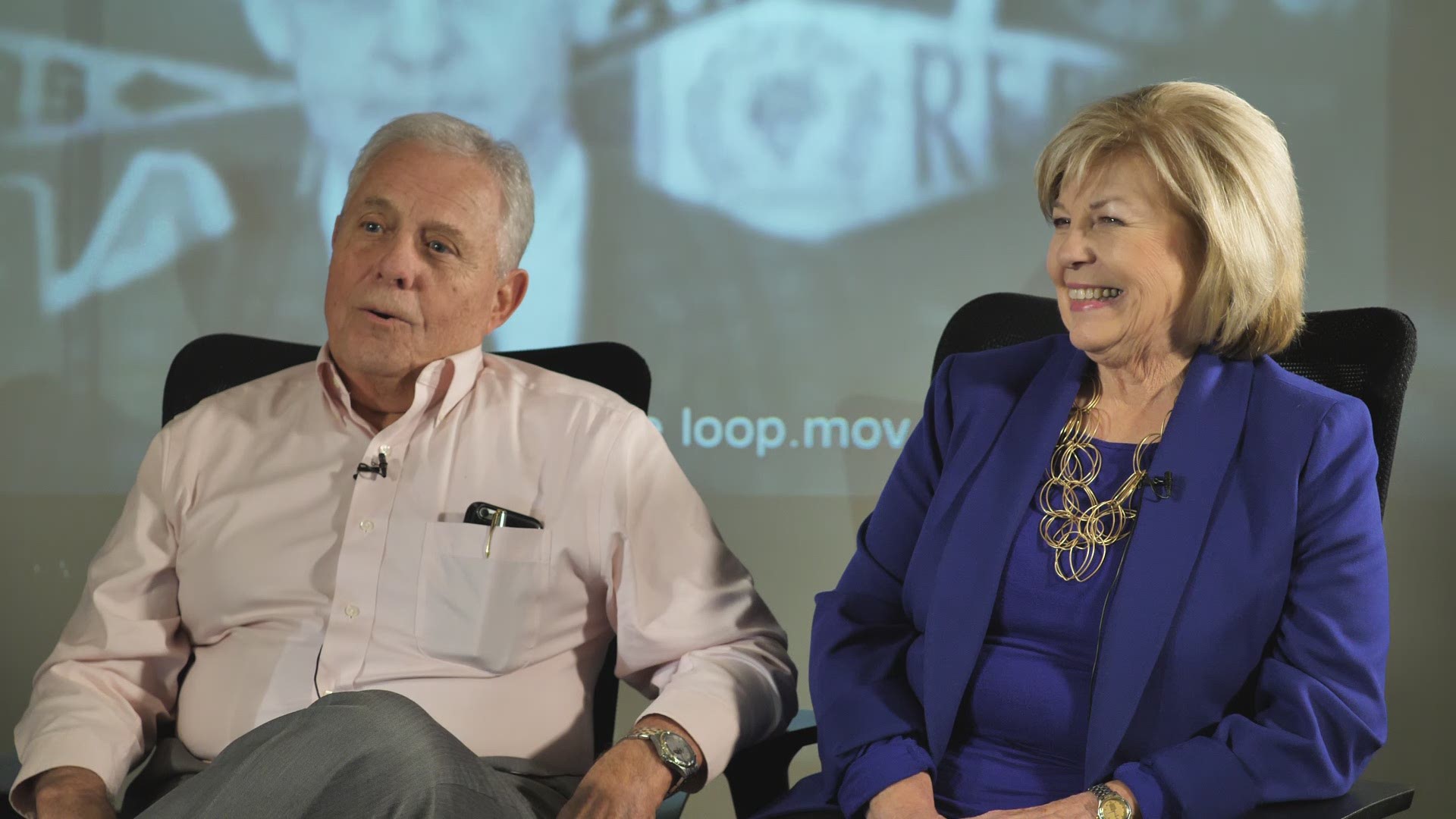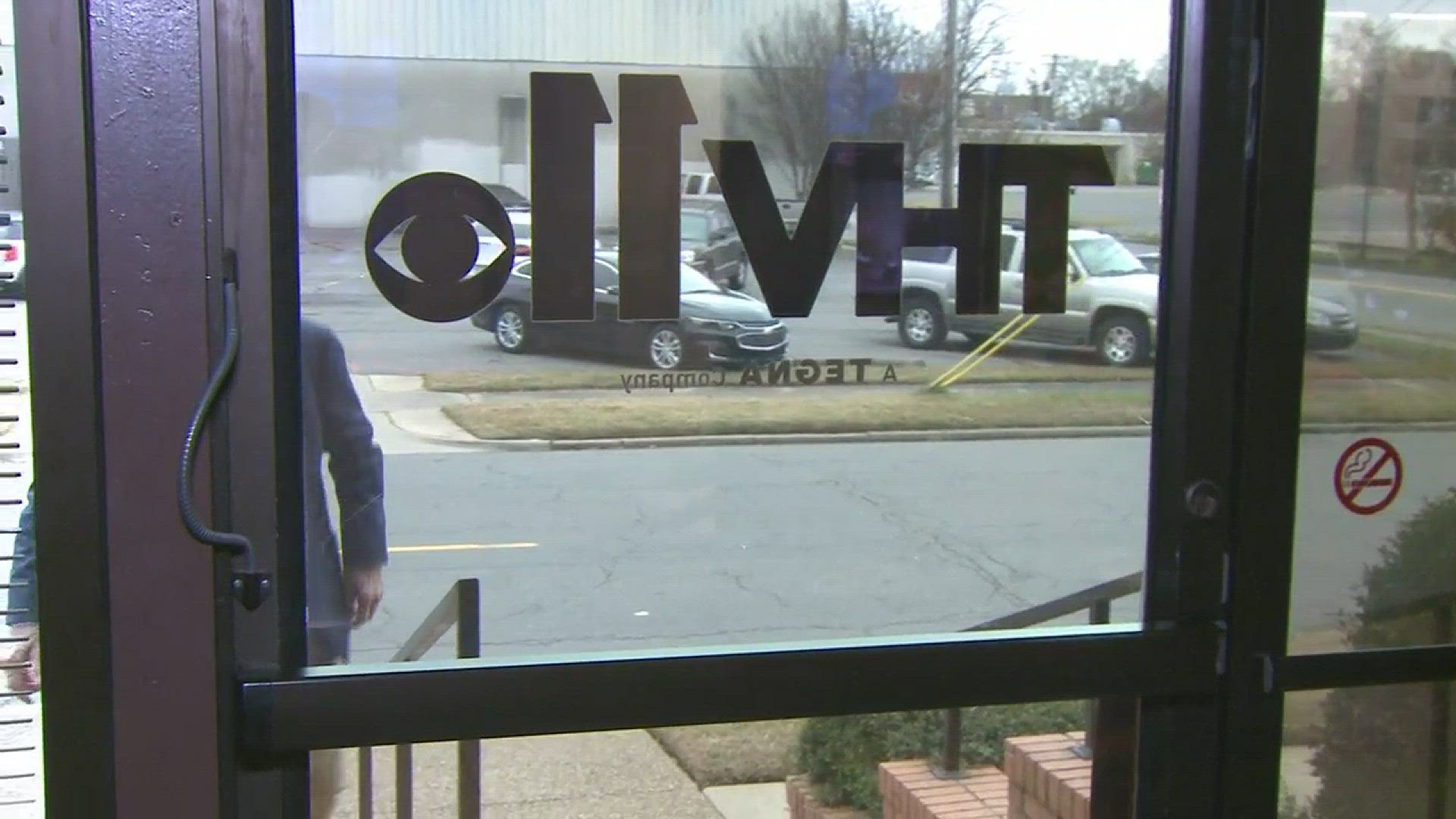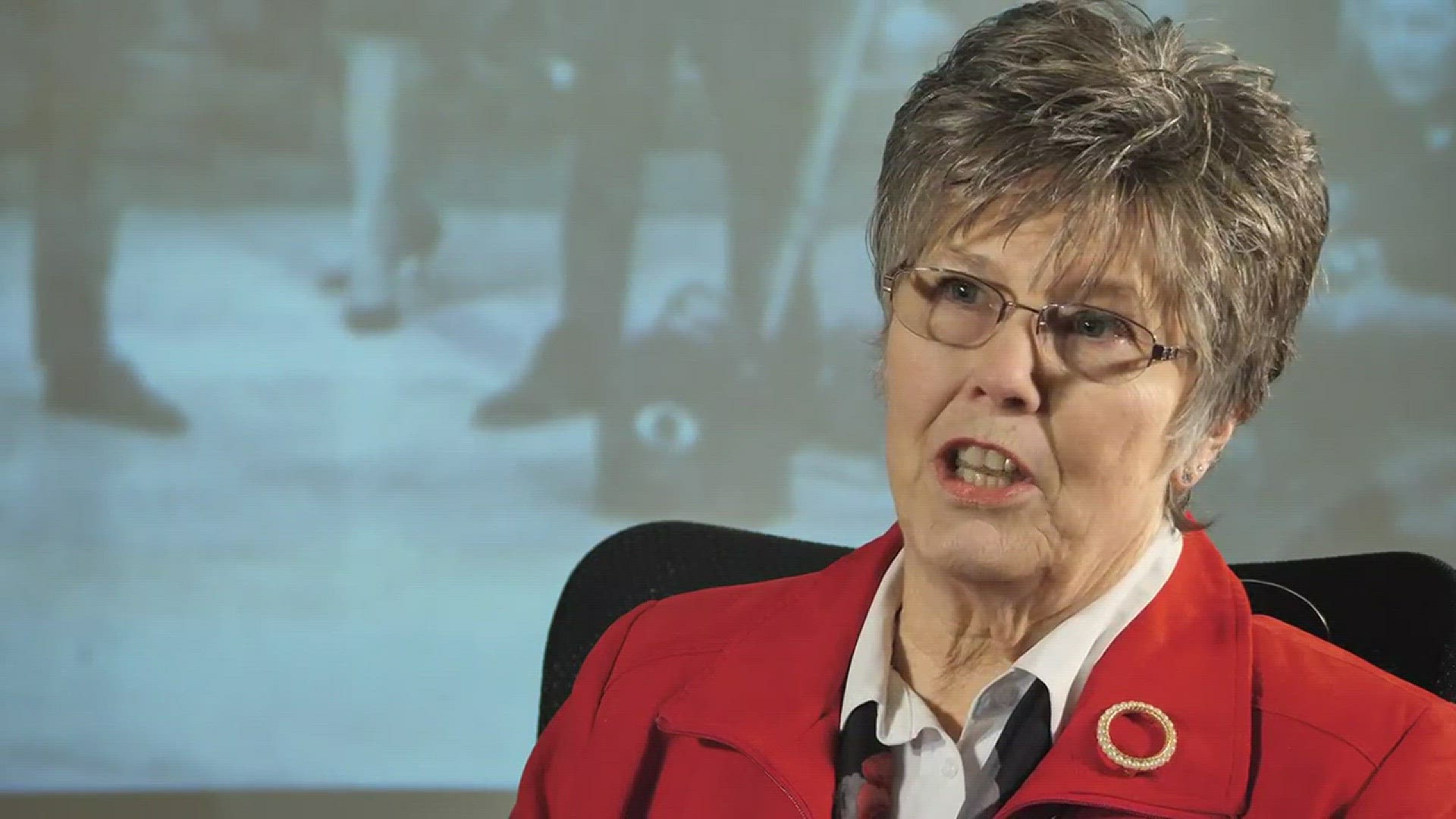If you know anything about Craig O'Neill, he likes to tell stories and to reminisce. He always wants to find a way to go back in time every now and then and take a look around. He likes to look at the good ole days, you know, that brought us to where we are now. A time that shaped the way that we are today like 1957.

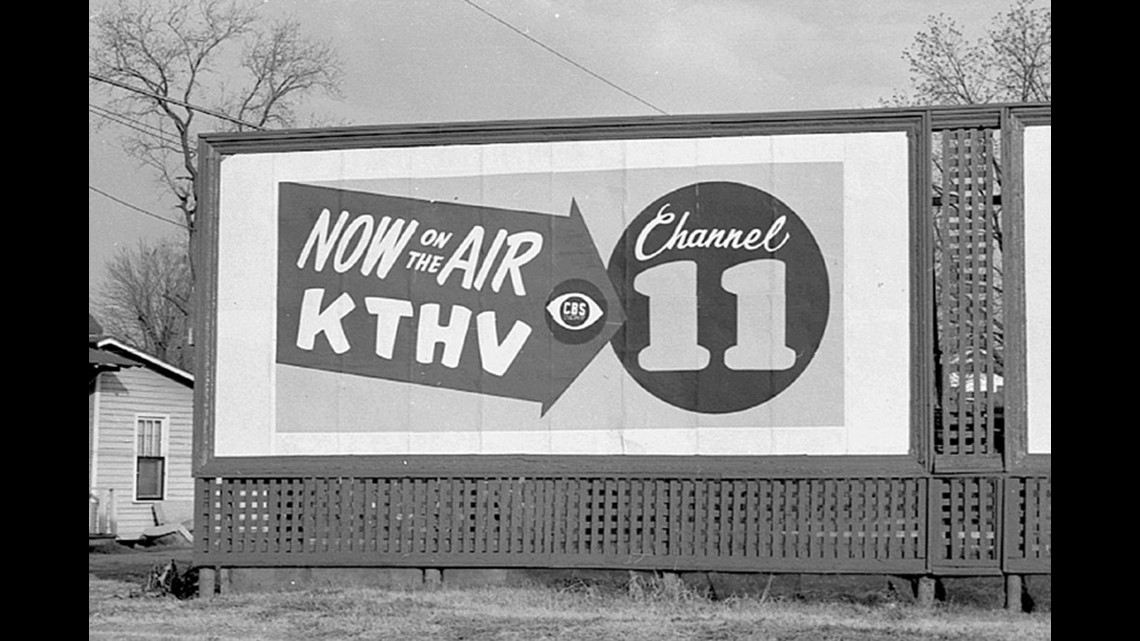
Sixty years ago, where were you? Okay, some of us weren't born, yet. But Craig was 7-years-old, and learning how to dance. And like many other Arkansas kids, he was learning his moves by watching one very special program that aired right here on THV11.
Thanks to the magic of television we can take you back in time, in a way, and take a look back at one of Little Rock's biggest years with Steve's Show! Because it was a live program, there are no full recorded episodes available. But keep reading as we walk down memory lane with many of the key players from Steve's Show!
Dr. John Kirk, a professor at the University of Arkansas at Little Rock said, “Historians have more recently addressed those sort of undertones and undercurrents of disillusionment in American society in 1957. You know it's the birth of the teenager, it's the idea of the wild one, the kind of rockers, the kind of disaffected youth."

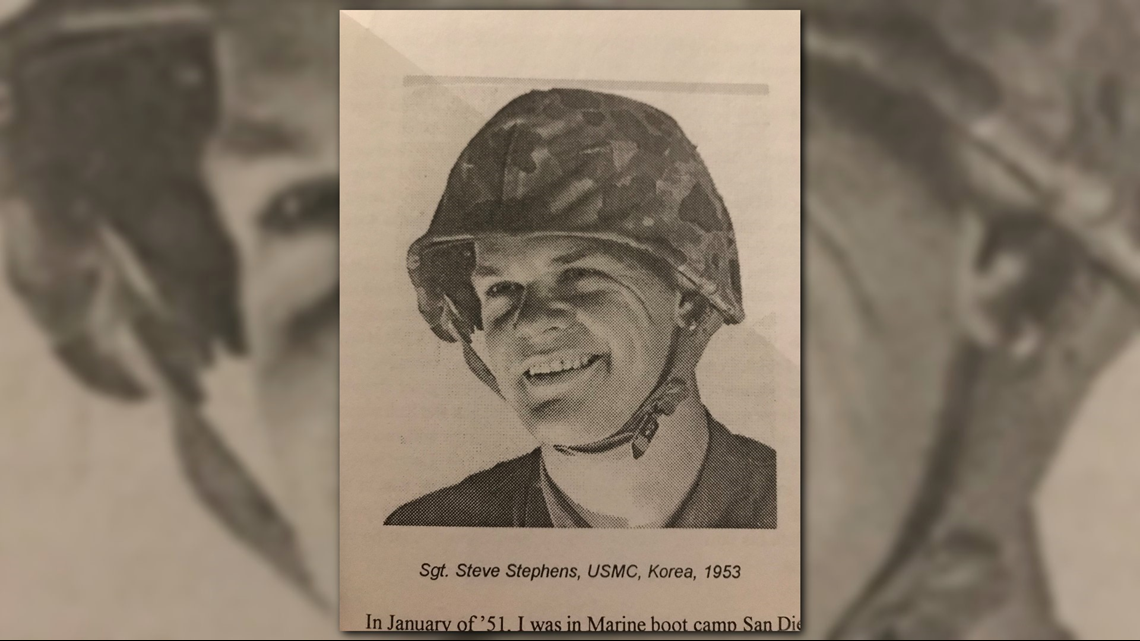
Steve came to THV11 and sat down with Craig O'Neill who asked him a flood of questions. Let's start from the beginning, how it all started.
"How does it feel coming back here [to THV11]?" asked Craig. “It feels wonderful!” said Steve. So, what comes to mind when he sits in the studio? “Oh, the myriad of kids that used to come down here. And how happy they were and just dancing like crazy. The studio was filled with kids, you know. Busloads from all over the state would pull up out front of channel 11 and they'd pour in,” he said. “As a matter of fact, the studio became so full that the fire department marshal came in and he said 'you gotta restrict the kids here. It's a fire hazard.' And so, we issued tickets. Then some of the kids started issuing counterfeit tickets, and it just kept getting bigger and bigger.”

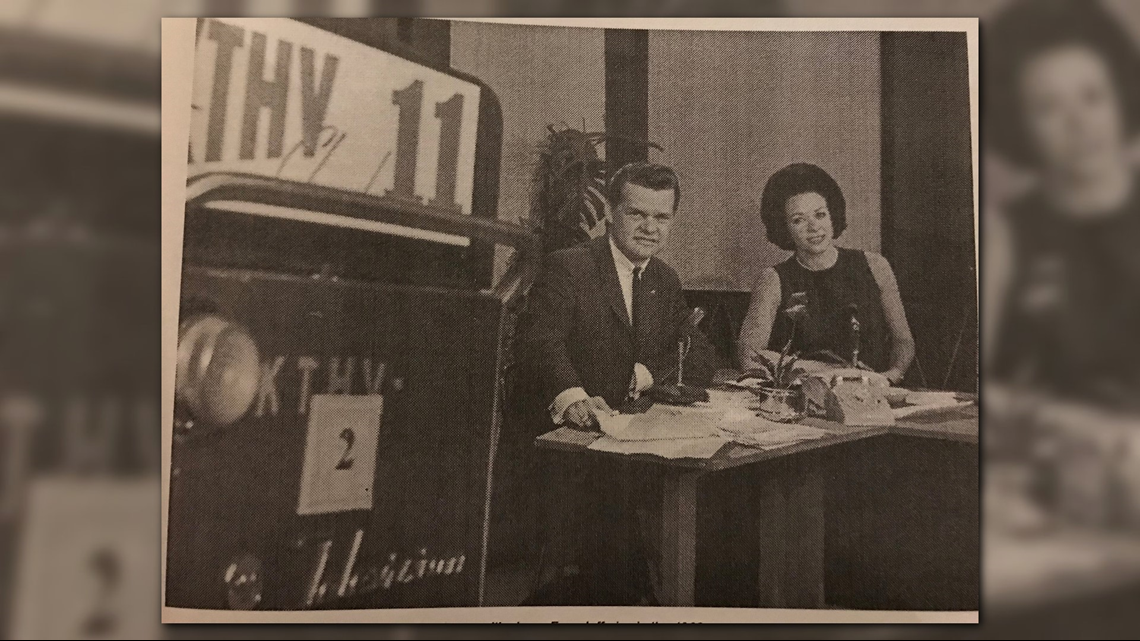
"So, this show gave birth to counterfeiters?" said Craig. “Oh, I wish you wouldn't have said that,” Steve said laughing. “Naw, they were all good kids.” "Weren't kids asking you for your autograph?” said Craig.
“I don't think anybody ever asked me for my autograph because they were so into themselves. This was their gathering. And that's when I realized I wasn't the star of the show. The kids were the stars of the show.”
So, how did Steve become a star? He was a small-town man from Newport, Arkansas, who just returned from serving with the United States Marine Corps in Korea.
Steve's friends in the Corps told him he had a radio voice. He never thought about it, but he decided to go down to the local radio station in Newport and audition. The station told him he had good voice quality but his southern accent was terrible.
“So, I went back and you know, most of us don't hear our own voices, we just speak to communicate. And I began to read billboards aloud, newspapers aloud. And I began to hear my own voice. And rather than saying, I'm going to git to go there, I would say I'm going to get to go there. You know, nuances,” Steve told us.
Sonny Burgess and the Pacers, he was Steve's childhood friend. They graduated together. Sonny had a Rock N' Roll band and said, “Steve we're going to Little Rock, channel 11 has invited us down to be on the noon show. Would you like to ride down with us?” And Steve said, “There's nothing to do in Newport, so why not?” So, while they were rocking and rolling, rehearsing, Steve began to stroll around the television studio.

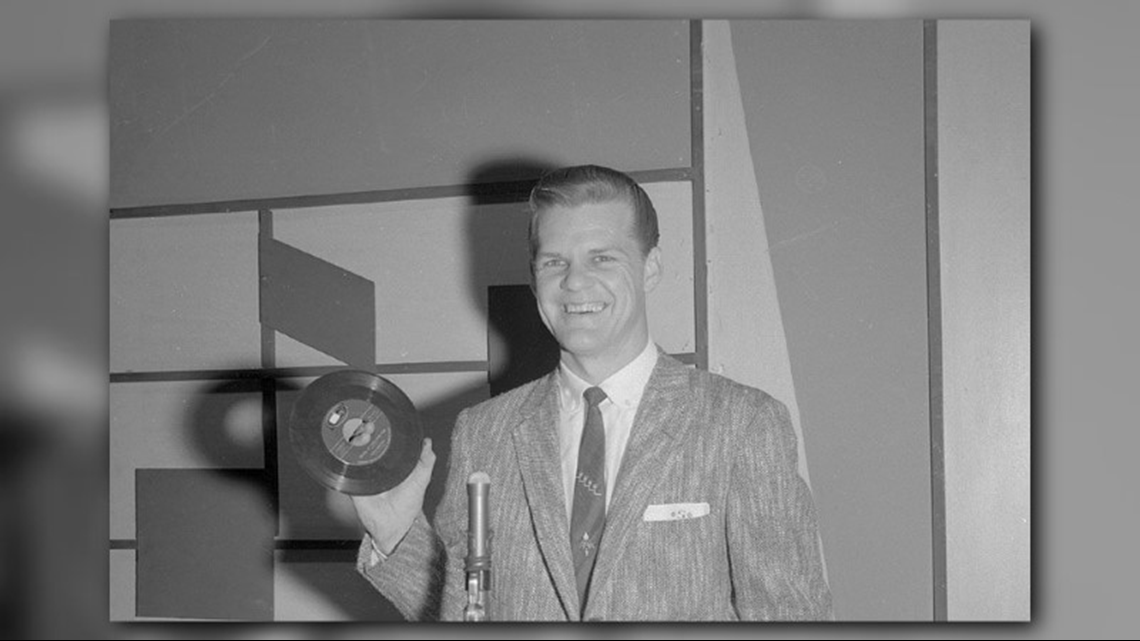
“I'd never been in a TV studio before. There was a door that was ajar and it said, manager. And I pushed it open and there was Jack Bomar who went on to become a great part of my life, a great mentor. I said, 'You don't need any announcers, do you?' And he said, 'Well you know, as a matter of fact, we do.'
And Bomar told Steve to send him a tape. Steve went home to Newport and forgot about it. So, Jack called him. “How come you didn't send me a tape?” said Bomar. “Well, I got to thinking about it. I just got out of the Marine Corps, I saved enough money in Korea to buy a car debt free, I'm living at home with my mother and father. I've got a girlfriend. I'm making 65 dollars a week. Why would I want to come to Little Rock?” Steve laughed.
But Bomar told him to come back down to Little Rock anyway and audition. So, his mother drove him down for his audition. “So, I walked into this studio and Bomar and some others said, 'You see that studio out there [where the interview took place now] there's a mock kitchen set up, go out there and sell all the appliances in it.' They didn't know that every summer in high school and college that I worked at my father's appliance and furniture store,” said Steve.


Bottom line, Steve breezed through that audition. It just came naturally. So, the station called and offered him the job for far less than he thought they would. “But you know what? It taught me another lesson. If you want something, you need to go for it regardless of the circumstances because it's what you want. It's what I wanted! I wanted to evolve from radio to TV. This was my chance and it really didn't matter what the salary was,” he said.
But, Steve didn't come down to Little Rock for a dance show. He came down here to be a booth announcer. As a booth announcer, he sat in the booth and every 30 minutes he'd said, 'This is Channel 11, KTHV Little Rock.' And then so on and so forth. After that, Bomar and some others thought about starting a dance party and asked Steve what he thought. “I don't know, what is a dance party?” said Steve. “You spin records and kids dance,” said Bomar. “A caveman can do that!” Steve said while laughing.
The first show was over-orchestrated. They went to all the high schools and told the kids they had to wear coats and ties. But the first show came, and no one showed up. “There's nobody in the studio for a dance show?” Craig asked. “Just me, with a dance party,” said Steve.
He had to fill 30 minutes. What was he going to do? “I thought most people watching have never seen a TV studio. So, we went around and I interviewed the cameramen, 'tell me about yourself, how long you been doing this?' And as I went on, kids were watching as they got out of school and they saw I was dying,” he said.
Kids eventually started to show up and began looking in the window. An engineer told Steve there's a bunch of kids out front but they didn't have any coats and ties on. But like cattle, Steve said, “Let em' in!” That was the end of the dress code.

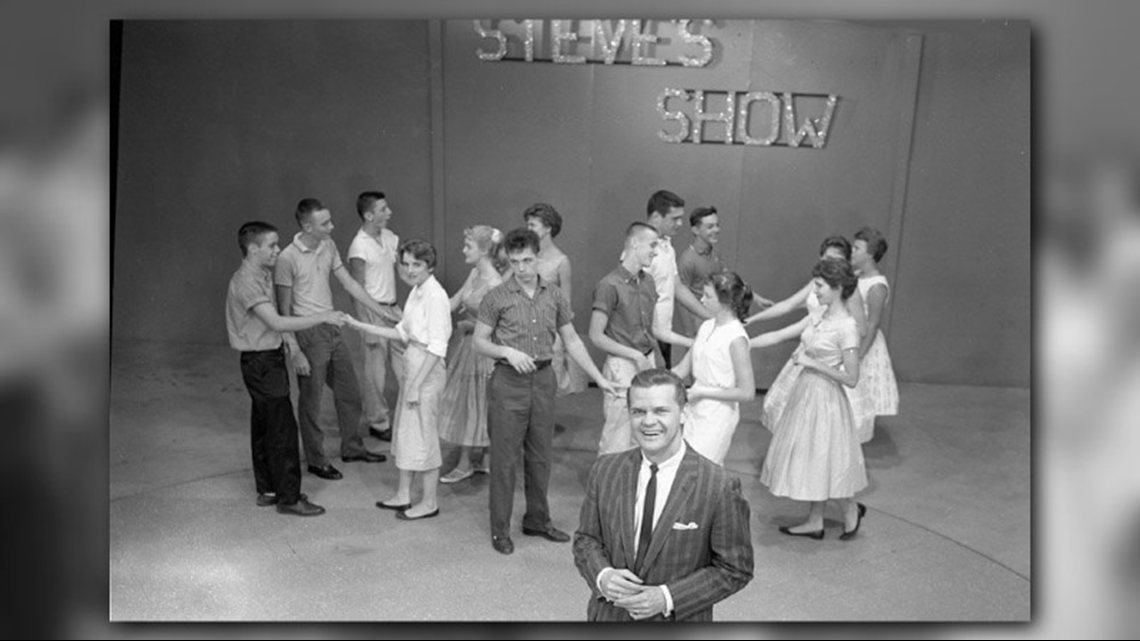
Why did Steve's Show never catch on nationally? Craig watched growing up in Little Rock and said it was every bit as entertaining as American Bandstand.
“Little Rock was off the beaten entertainment path. It was off the path pretty much about most things in 1957,” Steve told us.
Steve called Wink Martindale over in Memphis, who had a similar show and said, “Wink, you're on the path for entertainers, Johnny Cash, etc., So, when they come to your show, would you tell them about my show in Little Rock?”

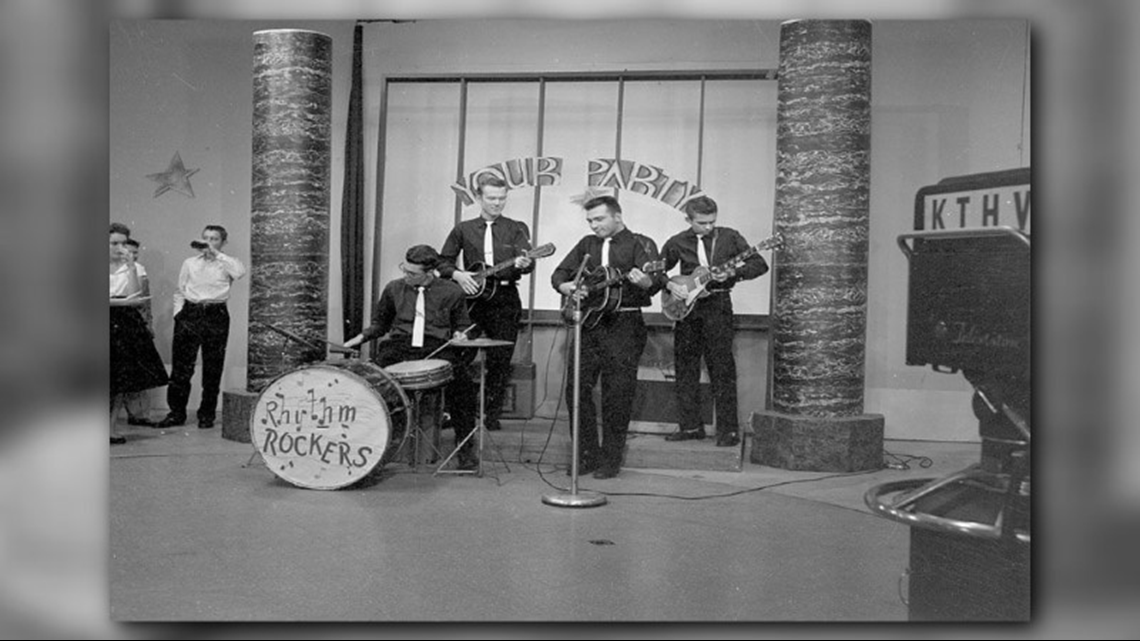
Well, Wink did. And that's how Steve's Show got a lot of entertainers like Johnny Cash, Fabian, Brenda Lee and more.
The Steve's Show lasted for eight years. What broke it up? Steve left because Senator John Little McClellan offered him a position as his media consultant in Washington, D.C. Steve believes the senator needed to connect with a younger audience, which Steve could help him do. Steve said he taught the senator a lot of things, including how to use the teleprompter.
With all this hype, was there ever a time that there were so many kids, Steve lost control?
“Never. Never. The only thing the kids did slightly deviate from the norm was occasionally smoke a cigarette outside. It was extremely and an extraordinary well-behaved group of kids in 1957,” Steve said. “They'd all be brought up right, it was a great time of life. It was between two wars. It was just a peaceful time. Kind of a Norman Rockwell time, really.”

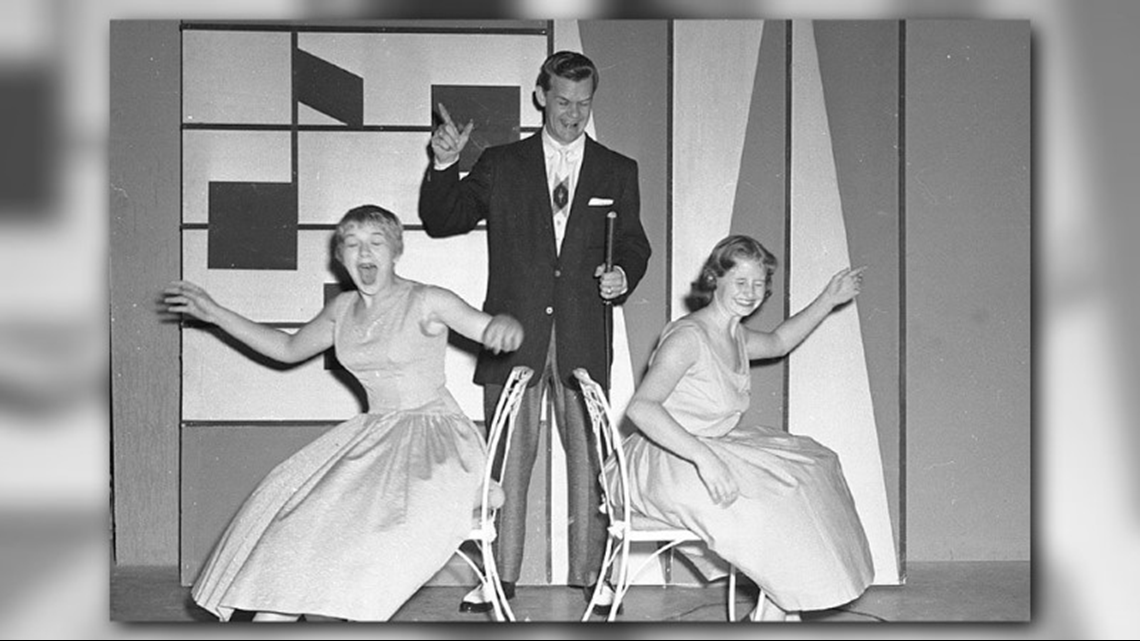
The economy was booming during that time of the post-war era.
Since the show debuted in 1957, Craig asked about the African American presence on the show. “You know, that's incredible. I reflected back on that. We never had a phone call. Never had an African American child show up at the show. You know certain things at that time were unsaid.”
But of course, we know what was going on in Little Rock in 1957. We had the Little Rock Nine, the desegregation of schools.
“But the turmoil was going on, but it's as if it didn't occur. It was like an enclave of innocence,” said Steve. But, he believes the show was a great equalizer. “Cast system didn't exist. If you were from the Heights or you were from southwest Little Rock, if you could dance, you were in.” The kids auditioned themselves. “The kids told me, they'd practice with a doorknob or a chair.”
Craig asked if a show like Steve's Show could happen now. “No, I don't think so. The innocence and the kids are so sophisticated now. I just don't think, I don't know why I said that. Somehow I just don't think it would go.”
“Looking back over the past 60 years, looking back at this place [THV11], that time in your life. What was the lesson it taught you?” asked Craig. “Well, I never thought about that. It taught me how to be more humble because you just never know what might come your way. And sometimes you get lucky as I did. But I'll always be grateful to channel 11 because it opened the door for so many wonderful possibilities that occurred in my life,” Steve said emotionally.

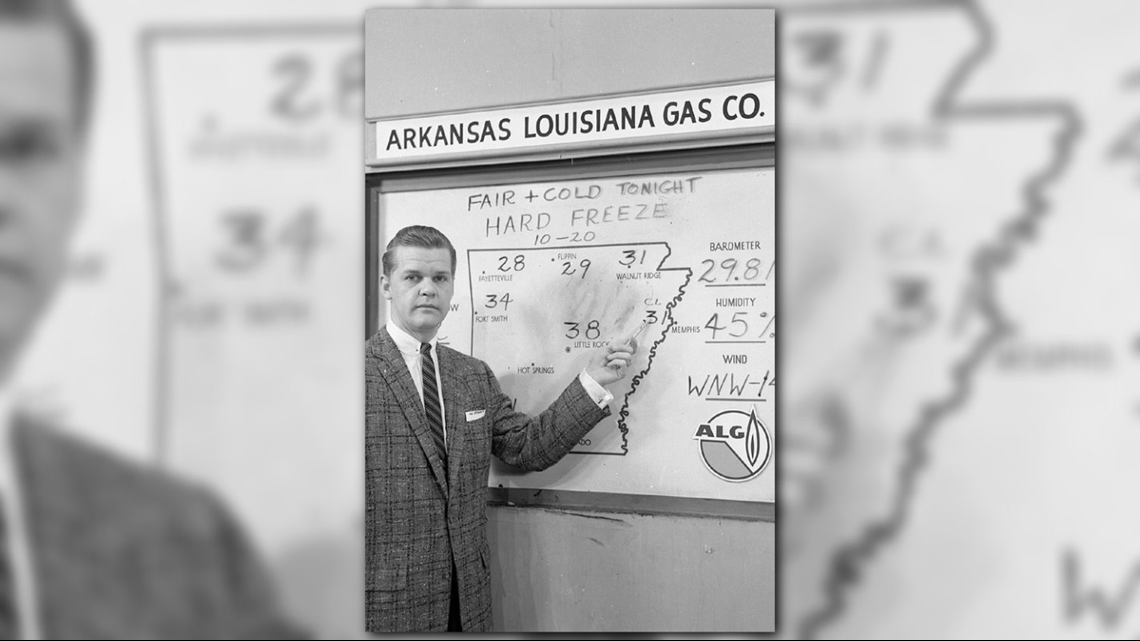
The station had the idea to make Steve a weatherman. From 4:30 to 6 p.m. he'd conduct Steve's Show.
He had already marked up the weather forecast, so immediately following the Steve's Show, he'd walk to the next room and do the weather.
He said the funniest thing to ever happen was the time he went to go see the movie 'Ben-Hur.'
He asked a guy named Nick Houston, who did the news, to walk next door and do the weather for him because he and his wife wanted to go see the movie downtown. Nick said he would.


“My wife and I sat down in the movie, the movie comes on. They're coming close to the big chariot scene and the usher says, 'Mister Stephens, Steve Stephens. You have a phone call.' So, I got up and went outside, answered the phone and it was the station.” Nick wasn't there.
Steve had to go on in 20 minutes. “I ran outside, jumped in the car, came down here posted up the weather. Did it! Ran back downstairs, I sat down and my wife said, 'What took you so long?' [Craig and Steve laugh] I said I just did the weather.” Unfortunately, Steve missed the chariot race.
The dancing they did on Steve's Show was called the Bop. It has its roots back in the 1940's with the swing and the jitterbug. That dance survives to this day because of what happens every Wednesday night in Little Rock at the Bop Club.
They play all kinds of music there; fast, slow, in between, oldies, funk, rhythm, and blues. But no matter the music, there's a matching style of the Bop.
“Bop is a time when adults can be playful,” said Mike Nelson, a Bop Club member.
The fans are so devoted, they have their own club and it only takes 25 dollars to be a member.
“Dance is such a good form of exercise and you meet really good people that are dancing,” said Patti Brady. “You know, I grew up doing the Bop.”


Brady watched from her home in Augusta. She never missed Steve's Show on THV11.
“The guy I had such a crush on that was so cute and a great dancer was named Charlie Crouch,” she said.
When the Beta Club from Augusta High School went to Little Rock for the annual convention, she saw her chance.
“We all went to the Steve Show that Saturday. And Steve announced there'd be a dance contest and that's when Patti saw a miracle! Her heartthrob, Charlie Crouch, asked her to be his partner,” she said.
They won the dance contest and got to go up and Steve told everyone they won and rewarded them with a six pack of coke. But, the Bop lends itself to meeting that special someone.
“She started going to the Bop club and so I started going to the Bop club,” said Mike Nelson. “We started dancing together, fell in love on this dance floor and got married on this dance floor before one of our Wednesday night dances.”
And thus, another example of the power of dance on romance. But, there's a little more to it than that. If you watch the bop closely you understand its magic… on Steve's Show. And why, through six decades, no matter how many twists and turns on the dance floor people never lose touch.
Sandra Hubbard is a television documentary filmmaker. Hubbard participated on Steve's Show from the beginning until the early sixties when she left for college. She loved her experience so much that she wanted to harvest those memories forever, so she made a documentary about the show. Though the documentary isn't available online, you can order a copy. Just click here.
The 'Steverenos' were the kids that showed up every single day for years.
They danced the days and nights away on Steve's Show. They are the ones that continue to get together to dance, go on reunion cruises and so much more.
Steve takes us back 60 years because the interview happened where they danced.
There was a turntable where channel 11 would show cars. They'd put the kids on it and it would turn around and they'd put a spotlight on and turn all the lights off. The spotlight would shine on certain kids and they named it the spotlight dance. Steve came up with the spotlight dance.
“It was a wonderful time because television was brand new. This station had only been on the air for two years. And everything we did which was experimental, if it didn't work we didn't do it again. But if it did work, we did it again and again,” Steve said.
He added it was fun to be so creative, to create new ideas because television was new and people didn't know if what they were doing was proper or not.
Does Steve think television, in some ways, was more cutting-edge, creative than it is now? “I don't think it's bad. Like when I came in here. Formally when I came in this studio everything was adlib. No scripts. It was all play it by ear. But when I came in here everything was so well orchestrated, so professional, I like that. So, I think it's better,” he told us.
Craig asked if Steve thought he could sell furniture on TV today. Steve laughed and said, “I'd rather not.”
Betty Faye Douglass Brumbelow entered a contest on Steve's Show to win a date with teen heartthrob, Tommy Sands.

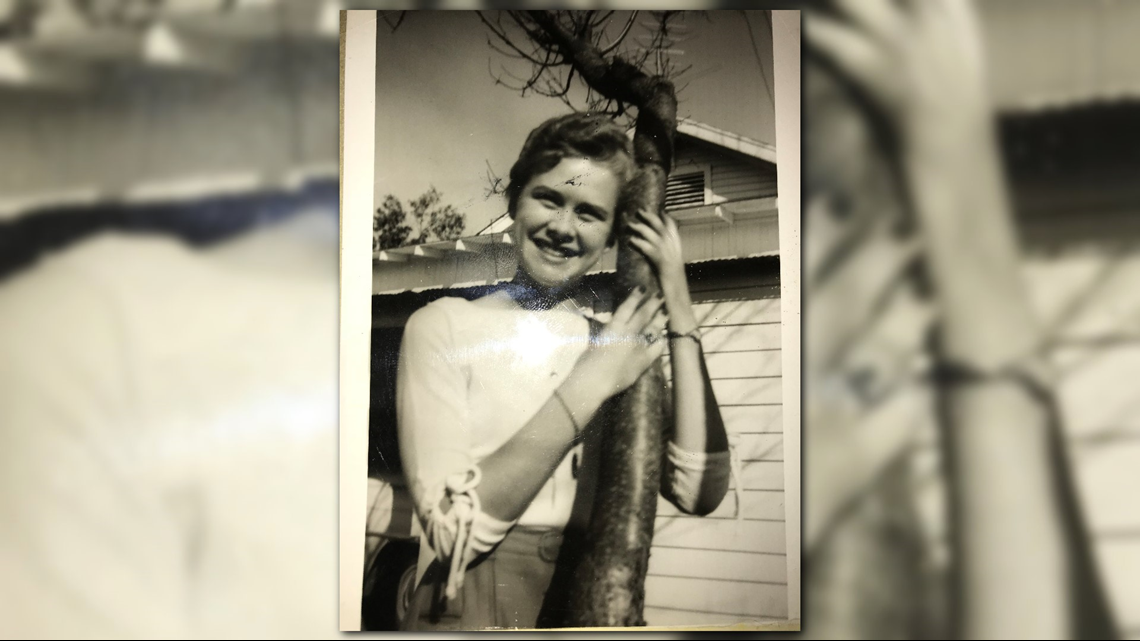
She wasn't on the show initially because she wasn't supposed to be dancing due to her religion. But she wrote the letter needed to enter the contest, put it in the mail and forgot about it.

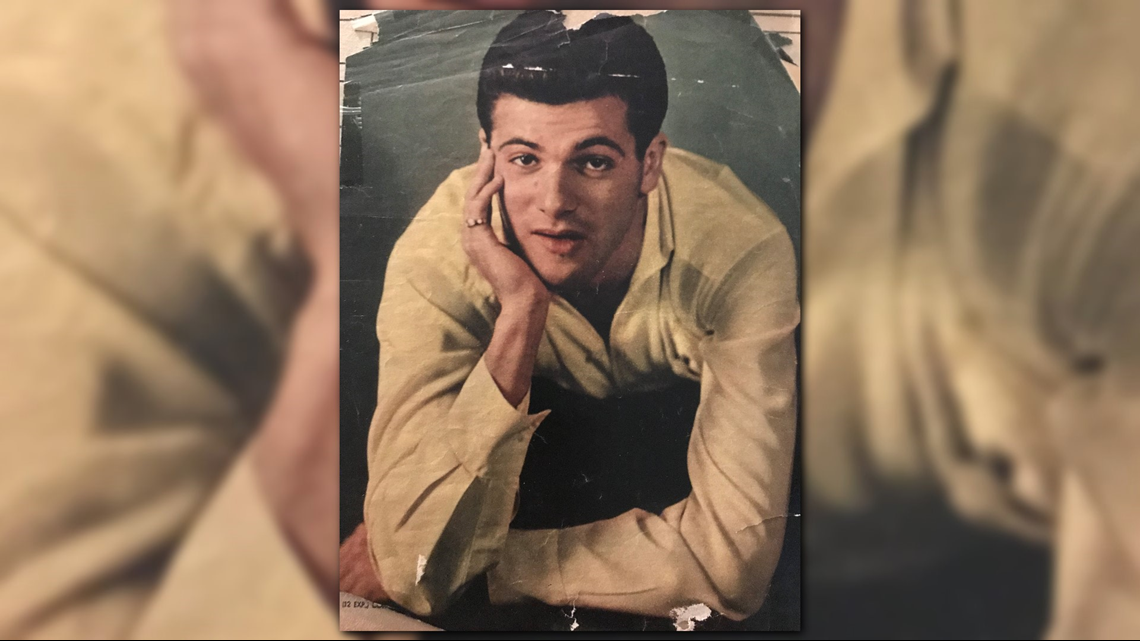
“Did not tell my parents, did not tell my sister, did not tell anybody,” said Betty Faye.
One day, she went to the mailbox and had a letter from KTHV Channel 11. The letter stated that she was a finalist and needed to come to the station for an interview.
“I came down and I was interviewed and they called me that night and told me I had won. The day he was supposed to come to Steve's Show, Steve brought me out, he said, 'I am so sorry. I am so sorry. But Tommy cannot come,'” Betty Faye told us.
"And I said, 'Oh well that's okay, that's okay.' And about that time, he comes through the drapes and here he comes. And all the kids went crazy, crazy, crazy!”
Gene Bowman was an upperclassman who danced on Steve's Show. One day, he didn't go to THV11. Instead, he watched from home. That day, Mary Ellen Ruth decided to go down, and Gene saw her. That's when he called up a friend to get Mary Ellen's phone number and the rest is history. But, it's the way Gene proposed to Mary Ellen that you will never forget!
Amazing when you think about it, that we celebrate a TV show that was last on the air back in 1964. Why? What was it about a dance show in black and white, in a dark studio, that would continue to engage us in 2017?

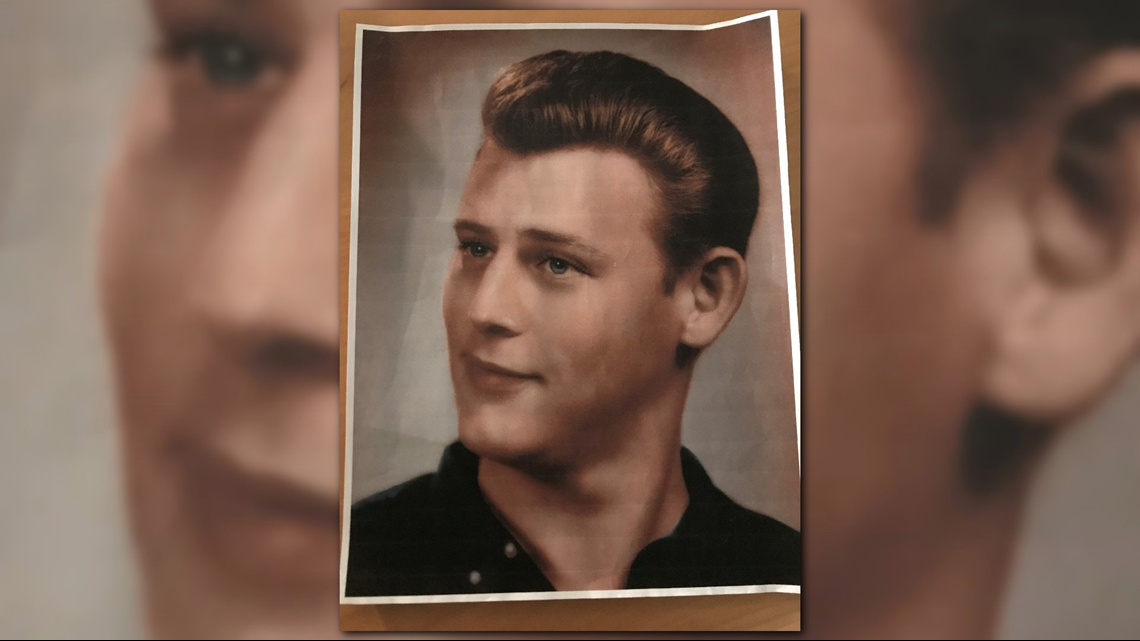
The answer can be found in the memories.
“Our fondest memory is Steve,” said Barbara Holcomb Penney. “He treated us so beautifully, he was so good to us. He was a mentor to all of us, and I don't know, he taught us how to behave.” Penney said she remembers the friendships because the people we interviewed her with have been her friends since she was 12-years-old.

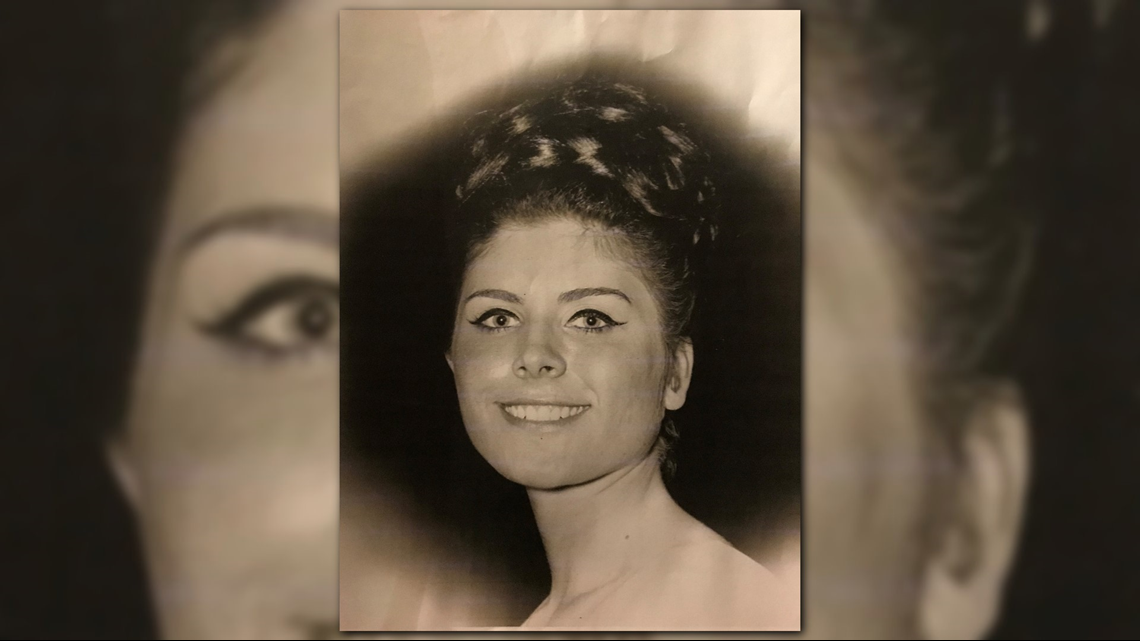
“Steve was a good guy,” said Gary McElmurry. “He knew everybody and treated everyone well. And the boy still does.” Gary said there wasn't a whole lot to tell us of Steve's Show other than things were different then and it was just a lot of fun.
“He was always very generous, he treated us like adults even though we weren't,” said Pat Hurst Poindexter. “He was an excellent role model and mentor to so many of us. Sometimes I wonder how he really managed to do that.” Pat said they would get excited and talk out of turn or talk during a commercial. The Steve's Show days were just good times because they didn't have any problems in their lives. “We weren't rich, none of us were wealthy. But we thought we were,” Pat added.


“I wanted to be here every day, of course, I didn't get to come every day,” said Betty Faye Douglass Brumbelow.
Craig asked if someone told them in 1958 that the people they met on this show would still be their friends 60 years later, would they believe it?
“I really wouldn't be surprised because we were a close group. We were from everywhere,” said Penney. “We'd pair off and dance. We didn't necessarily dance with the same one every time. We'd mix it up,” added McElmurry.
Gene Bowman told us, “We were almost like family type deal.” His wife said, “I remember all these people because they were really the stars.”
You'd think if THV11 was going to have a special it would be about Christmas. But, in a lot of ways, this was. You met people who cared about one another, who became family, who showed respect and built something magical.
These are all qualities we cherish at Christmastime. They are also qualities contained in THV11's most used phrase, “This is Home.” It's a phrase that began back in 1957, 60-years-ago with Steve's Show.
If you have a story or experience with Steve's Show, we'd love for you to share it with us on Facebook.com/THV11


